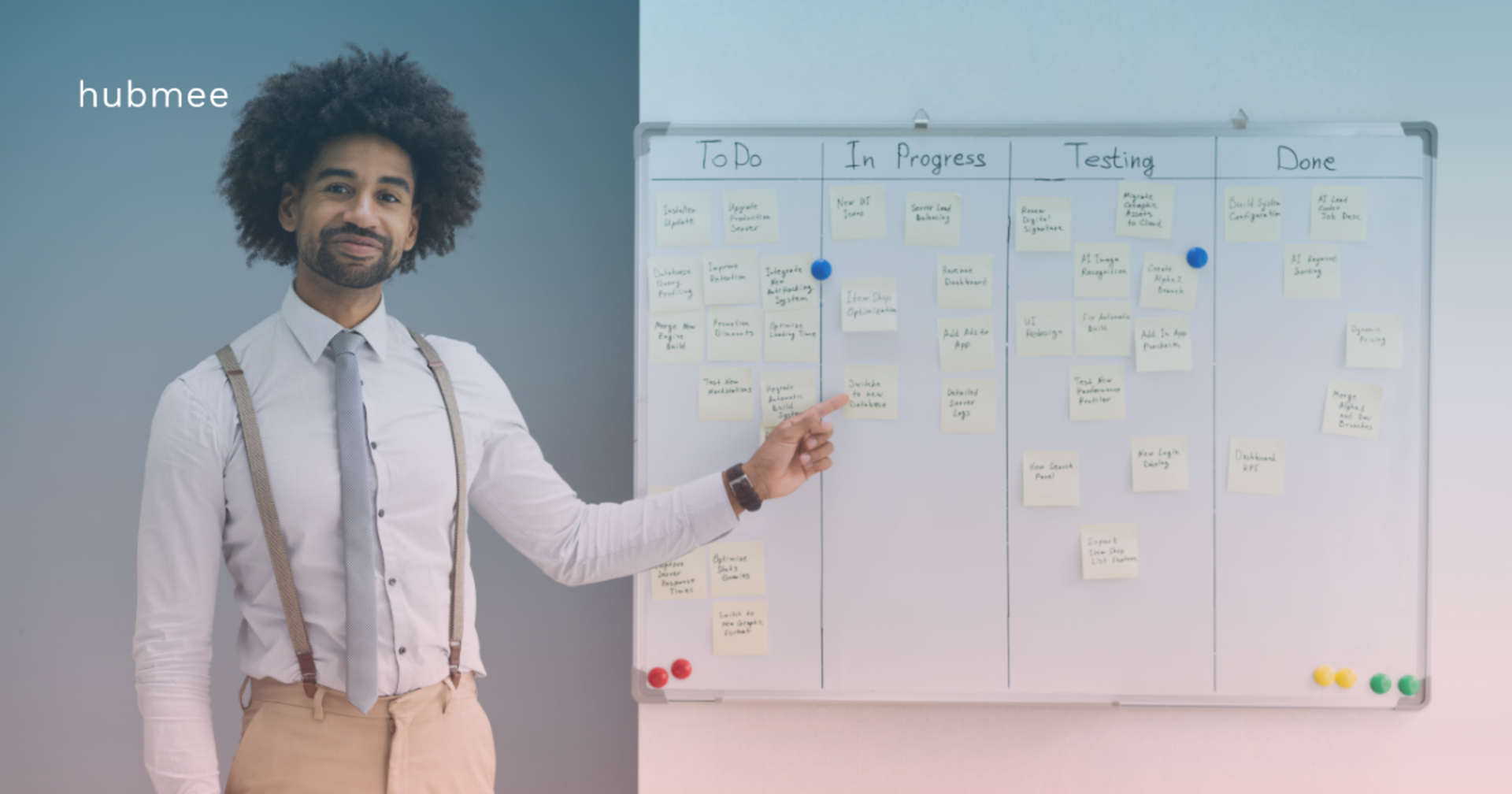If you’re a part of a project management team, have to cross paths with project managers at work, or are simply interested in various business and management practices, you have probably come across the word “kanban.” Contrary to what you might think, it has nothing to do with anime or Harry Potter. In simple terms, Kanban is a visual project management system that can be utilized on an individual, team, or even corporate level. At the center of this framework is the Kanban board. Let’s dive deeper into this subject and explore what the Kanban boards are and how you can create one.
The origin of Kanban
The word “Kanban” comes from the Japanese language and means “visual sign” or “card.” Toyota was the first company to implement this system back in the 1940’s. One of Toyota’s engineers noted how supermarkets approached product shelving: displaying just enough items to meet demand and restocking only when the shelf was empty. Toyota integrated a similar management system into its assembly line. So, the employees would use visual signals, or Kanban, to notify their colleagues that they are ready for more materials to come through to move to the next step and finish their work. Such a method helped Toyota increase its productivity and achieve higher efficiency.
What is a Kanban board and how to use it
The core component of the Kanban method is the Kanban board. It’s a visualization tool that helps you understand the workflow better and keep track of the workload. The board can be physical or digital, depending on your preferences. A typical basic Kanban board would have three columns that represent a step in your particular process, labeled “To Do”, “In Progress” and “Done.” Extra columns specific to your workflow can be added as well. You’d start with the left-hand side and work your way through to the right, adding work items to corresponding columns to reflect the phase they are in. Typically, the far left column would contain tasks that have not yet been started and the far right column would hold items that have been completed.
If you decide to start with a physical board, you and your team members can use actual sticky notes with tasks written on them. You’d just move the cards from one column to the next. If you opt for a digital Kanban board, like the one offered by hubmee, you’d still go through the same process and your colleagues from different locations could also join and collaborate. Archiving the cards is also a good idea, so you can keep track of the tasks that have been closed. All in all, the Kanban board offers great visibility and transparency with regards to the workflow, helping you identify and address backlogs, improve communication and collaboration within your team and the organization as a whole, and discover opportunities for improvement.
Tips for setting up your Kanban board
Not all Kanban boards are created equal. Here are some tips to keep in mind when starting your Kanban board.
Don’t overcomplicate it. The Kanban board should help you keep things simple and straightforward, so don’t put too much on it and try to keep the board easy to read.
Keep it moving. Make sure your Kanban board remains up-to-date and any information it contains is current. Update the tasks upon completion, check in with your team members regularly, and make sure nothing is missing and any new tasks are assigned properly.
Prioritize. It’s a good idea to start working on the most important tasks first and focus on the items that are absolutely necessary. This would lead to greater efficiency and productivity within your team.
Choosing to work with a Kanban board to manage your projects certainly has significant advantages. It increases flexibility and visibility over the workflow, reduces unnecessary work, and helps reduce backlogs. A properly set up Kanban board can be a great instrument for change within your team and organization. You can start by testing out a digital Kanban board to get a feel for it - hubmee offers a great option. We hope this article helped you gain a better understanding of what a Kanban method is and encouraged you to create and experiment with your own Kanban boards.
With love, your hubmee family ❤️
